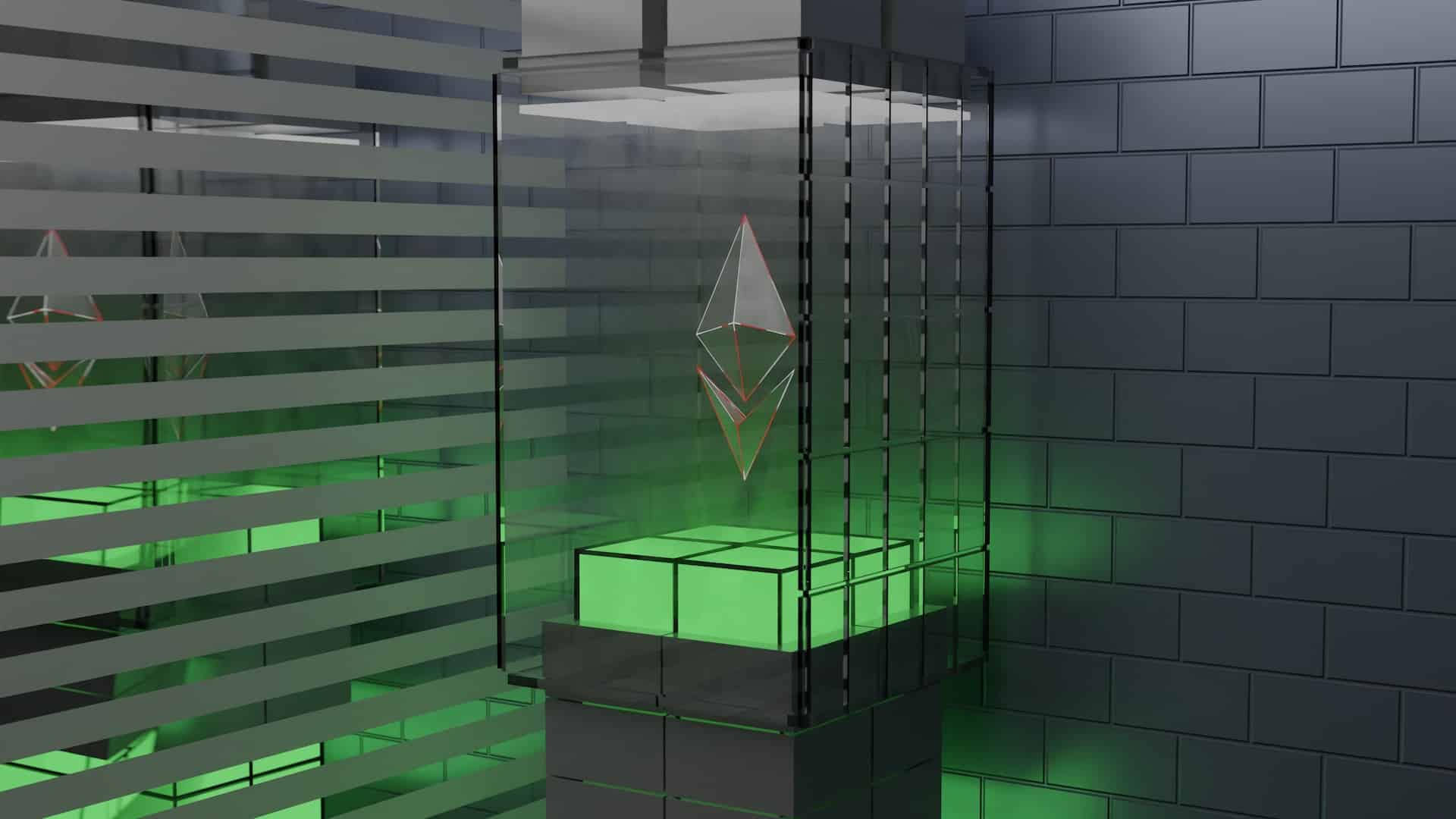The Ethereum blockchain’s native cryptocurrency, ether (ETH), follows different rules from those of the ERC-20 token standard. Wrapped Ethereum helps bridge this gap by offering a more versatile version of ETH.
Read on as we discuss Wrapped Ethereum, how to wrap and unwrap ETH, and the various use cases.
What Is Wrapped Ethereum (WETH)?
Wrapped Ethereum (WETH) is an ERC-20 token on the Ethereum blockchain pegged 1:1 to ETH.
ETH plays a critical role in the network by paying gas fees for transactions. However, with ERC-20 tokens following different rules, users cannot use their ETH in the same way as ERC-20 tokens.
WETH’s ERC-20 infrastructure opens this path, allowing compatibility across the blockchain and eliminating the need to develop new smart contracts.
How Does Wrapped Ethereum Work?
ETH preceded the development of the ERC-20 standard, and the lack of compatibility means customized programming for each dApp, which can be costly. With the wrapping technology, an ERC-20 wrapper envelopes the ETH. This eliminates the need for custom programming to ensure compatibility with ERC-20 contracts.
Here’s how you can wrap your ETH, turning it into WETH:
- Send the desired amount of ETH to a WETH smart contract.
- The smart contract then returns equal WETH and locks your ETH.
- Use the WETH for investment purposes such as providing liquidity, lending, staking, NFT trading, and much more.
- When you want your ETH back, send the WETH to the smart contract, unlocking your ETH and sending it to your wallet.
- The smart contract then automatically burns the WETH to ensure the 1:1 peg remains.
Instead of exchanging the WETH for your ETH, you can also use a crypto exchange such as Uniswap or SushiSwap to swap it for another token or cryptocurrency.
Benefits & Drawbacks for WETH
WETH presents two key advantages:
- Deploy ETH in DeFi: ETH holders can deploy their holdings in decentralized protocols incompatible with ETH. Wrapped ETH presents an ERC-20 version of Ethereum that the holders can use to trade and lend in various DeFi protocols, for example.
- No need to sell ETH: Investments are possible without losing access to ether holdings. Since investors can retrieve the ETH locked in the smart contract at any time, they don’t have to sell their holdings for investment and trading purposes.
There are some risks associated with WETH:
- The need to trust a third party: The protocol for wrapping Ethereum is not Turing-complete. That means automation via a smart contract on the blockchain is not possible. Centralized programs host the wrapping smart contracts, allowing certain parties to control the assets. This opens the door for potential manipulation and abuse of power.
- Target for hackers: The centralized nature of the WETH smart contracts incentivizes bad actors to exploit any existing vulnerabilities since all the assets are in one place.
Wrapped Ethereum Use Cases
There are two key use cases for WETH:
- Liquidity Pools: On decentralized exchanges such as UniSwap, users can add their WETH to liquidity pools and earn fees. The fees come from other users who opt to swap their tokens.
- Lending: Platforms such as AAVE offer collateralized crypto loans. You can lend your WETH to other users and earn interest. You can recall your assets at any time, provided the smart contract for the lending agreement allows it.
Wrapped Ethereum on Other Blockchains
So far, we have only mentioned the Ethereum blockchain, which may leave you wondering if you can wrap ETH on other blockchains. At its core, wrapping technology aims to achieve interoperability. Therefore, it is possible to wrap Ethereum outside the native blockchain.
Blockchains such as Polygon, Avalanche, and BNB Chain contain different versions of wrapped ETH.
Blockchain bridging services can also enhance cross-chain interoperability. A smart contract stores the ETH on the native blockchain and then mints an equivalent amount on the destination blockchain. The bridging process has its risks, with the key being the vulnerability of the smart contracts. Ensure you have all the information about the bridging service you intend to use before risking your ETH.The Bottom Line
Wrapped Ethereum provides a user-friendly way to bridge Ethereum’s native token and the blockchain ERC-20 token standard, enabling ETH to be used in wrapped form across the entire dApp ecosystem on Ethereum.



